While reading specs of a new ASUS Wi-Fi router - it said to have 2 GBPS throughput. How could it reach such throughput if all the WIFI bandwidth should be small and close to 2.4 GHz and 5 GHz?
3 Answers
You're correct that the actual bandwidth for a single WiFi stream is rather narrow, ranging between 20 MHz for older specs and 160 MHz for 802.11ax. However, the spectral efficiency of WiFi is often significantly more than 1 (bit/sec)/Hz.
For example, take the fastest modulation option of 802.11ax, which is 1024QAM on a 160MHz channel. 1024QAM implies that the constellation diagram of the modulation contains 1024 points, meaning that there are 1024 possible symbols and each symbol carries 10 bits. Assuming that the level of noise and interference is low enough, this is fairly plausible to achieve. In practice, this yields up to 1134 Mbps after considering error correction, guard intervals, etc.
Furthermore, WiFi is able to take advantage of MIMO (multiple-input, multiple-output), where separate streams, each carrying up to 1024QAM constellations with up to 160 MHz of bandwidth, are simultaneously transmitted from multiple antennas that are separated in space.
While the two streams do "interfere" and add with each other, sophisticated signal processing techniques are able to pick the two streams apart from each other, since they arrive slightly differently at the multiple antennas that the receiver is using to receive the streams.
In doing this, you've doubled the achievable performance, with a 2x2 MIMO system handling up to 1134 Mbps * 2 as long as the signal-to-noise ratio is good enough to sustain that rate without unacceptable bit error.
On the other hand, if things aren't looking good (e.g. high noise, low signal power, unable to pick out the two MIMO streams), the router and your wireless card will happily fall back to lower speeds by using a smaller constellation, shutting off MIMO, or using a more powerful but higher-overhead error correction code. You may find that depending on your home, your neighbors' WiFi use, and your specific devices, you may rarely or never actually achieve the theoretical max rate.
- 18,062
- 2
- 47
- 73
-
7Plus, in marketing materials, they often generously round the bandwidths for each of the separate radios, then add them all together, and then generously round again. Also, for MU-MIMO, the cited bandwidth is usually the total bandwidth across all stations, not the one for a single station. – Jörg W Mittag Nov 05 '22 at 08:22
The Shannon-Hartley channel capacity equation tells us that:
$$C = B \log_2 (1 + S/N)$$
Where C is channel capacity, B is channel bandwidth, and S/N is signal to noise ratio.
The reason WiFi has made so many gains in recent years is that several methods have been brought to bear:
- Improved coding (up to 1024 QAM, from BPSK originally)
- Wider channels (up to 160MHz from 20 originally)
- The move to 5GHz band (less interference, more channels)
- Spatial multiplexing (up to 8 spatial MIMO channels)
- reduced Guarding Interval (GI)
What has made this possible is improvements in RF and mixed-signal front-ends combined with ever-higher levels of DSP to support it.
So in Shannon-Hartley terms, the B is increased, the S/N is increased, and there's multiplicities of B's and S/Ns aggregated together by MIMO.
You can see this in the evolution in MCS codes table here: https://mcsindex.com/
In more detail:
(from https://mcsindex.com/)
- 49,832
- 2
- 47
- 138
For any given communication channel, the data carrying capacity is determined both by the channel width and by the signal to noise ratio. You could transmit 2Gbps over a 1kHz wide channel if you had a ridiculously high SNR. That's not practical, but if the ratio is more manageable, like 2Gbps on a 160MHz-wide channel, it can be done - especially if MIMO gives you two or four channels "for the [spectral] price of one".
- 32,734
- 1
- 38
- 103
